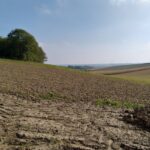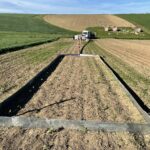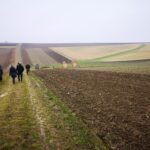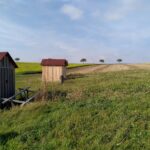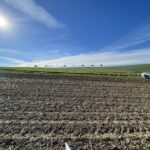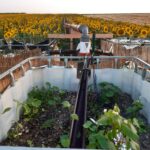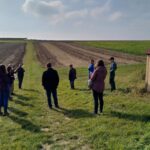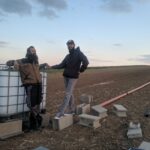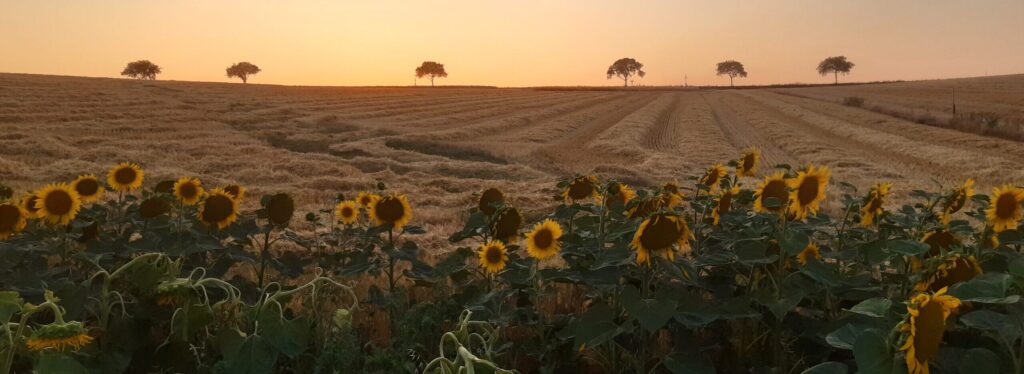
Austria
About
Obersiebenbrunn (Austria I)
This experimental field has an area of 1 ha and it is located in Obersiebenbrunn (Lower Austria). It belongs to the Lower Austria Farmers’ School. This field is divided in sixteen plots to test different types of irrigation and tillage variants and determine their impact on the yield of different crops (e.g. soybeans, maize and winter wheat). In May 2020, all plots were sampled to quantify water fluxes in the soil using environmental tracers. The field is equipped with sensors to monitor water content and additional data such as soil texture, bulk density and crop yields have been collected within the last two years. The partner involved in this case study is University of Natural Resources and Life Sciences, Vienna.
Mistelbach (Austria II)
This case study is located in Mistelbach (Lower Austria), owned by the Lower Austria Farmers’ School, which cooperates with University of Natural Resources and Life Sciences, Vienna in research projects. On this 1 ha field, alchemia-nova has implemented a bio-inspired multi-layer drainage system with activated biochar to capture runoff water, and retain or remove nutrients (i.e. phosphorus and nitrogen). It was installed in spring 2021, and its monitoring depends on farming practices and rainfall events.
Gleisdorf (Austria III)
This case study is located in Gleisdorf, in the Austrian region of Styria. The field is divided in two, consisting of 7 ha of organic farming and 3.7 ha of conventional farming. In this field, alchemia-nova and Martin Regelsberger have installed a bio-inspired drainage system with activated biochar for nutrient (i.e. phosphorus) retention. Here, aim is to compare infiltration and water retention between organic and conventional fields.
Run by
Contact
Martin Regelsberger
Dr. Christine Stumpp
Tested Solutions
At Austrian case study sites three solutions are tested:
- A bio-inspired multilayer drainage system (Mistelbach, Gleisdorf)
- Activated biochar for nutrient uptake (Mistelbach, Gleisdorf)
- Tracer method (Obersiebenbrunn)
University of Natural Resources and Life Sciences, Vienna, alchemia-nova and Martin Regelsberger are testing these solutions.
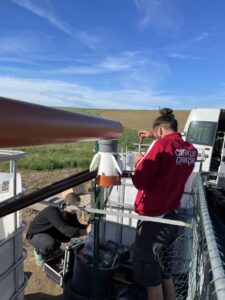
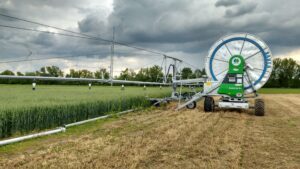
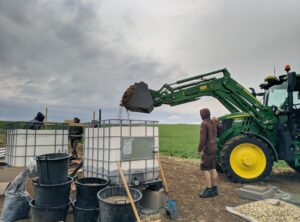
Solutions Test Progress
Obersiebenbrunn
May 2020 – Sampling campaign
Mistelbach
- June 2021 – Installation of two configurations of the Drainage system and Biochar
- April 2022 – Start of monitoring season 2022
- September 2022 – End of monitoring season 2022
Gleisdorf
- April 2022
- Installation prototype of Drainage system and Activated biochar;
- Start of monitoring
- April 2022
Publications
- Water flux and hydrological processes quantification in agricultural fields under different tillage and irrigation systems using water stable isotopes. 2021. Poster published at 18th Stable Isotope Network Austria Meeting
Canet-Marti, A., Morales-Santos, A., Nolz, R., Langergraber, G., and Stumpp, C. 2021. Hydrological processes and water flux quantification in agricultural fields under different tillage and irrigation systems using water stable isotopes. EGU GA 2021. Presentation at the Conference
Video in German.

Farm visit of Mistelbach and Obersiebenbrunn with project partners (alchemia-nova, Martin Regelsberger and University of Natural Resources and Life Sciences) and members of the farmer’s School, owner of the experimental field.

Visit to case study during the 1st WATERAGRI Workshop.

Field trip to Obersiebenbrunn organized by University of Natural Resources and Life Sciences, Vienna within the 5th General Assembly,

Open day with Farmer school.
